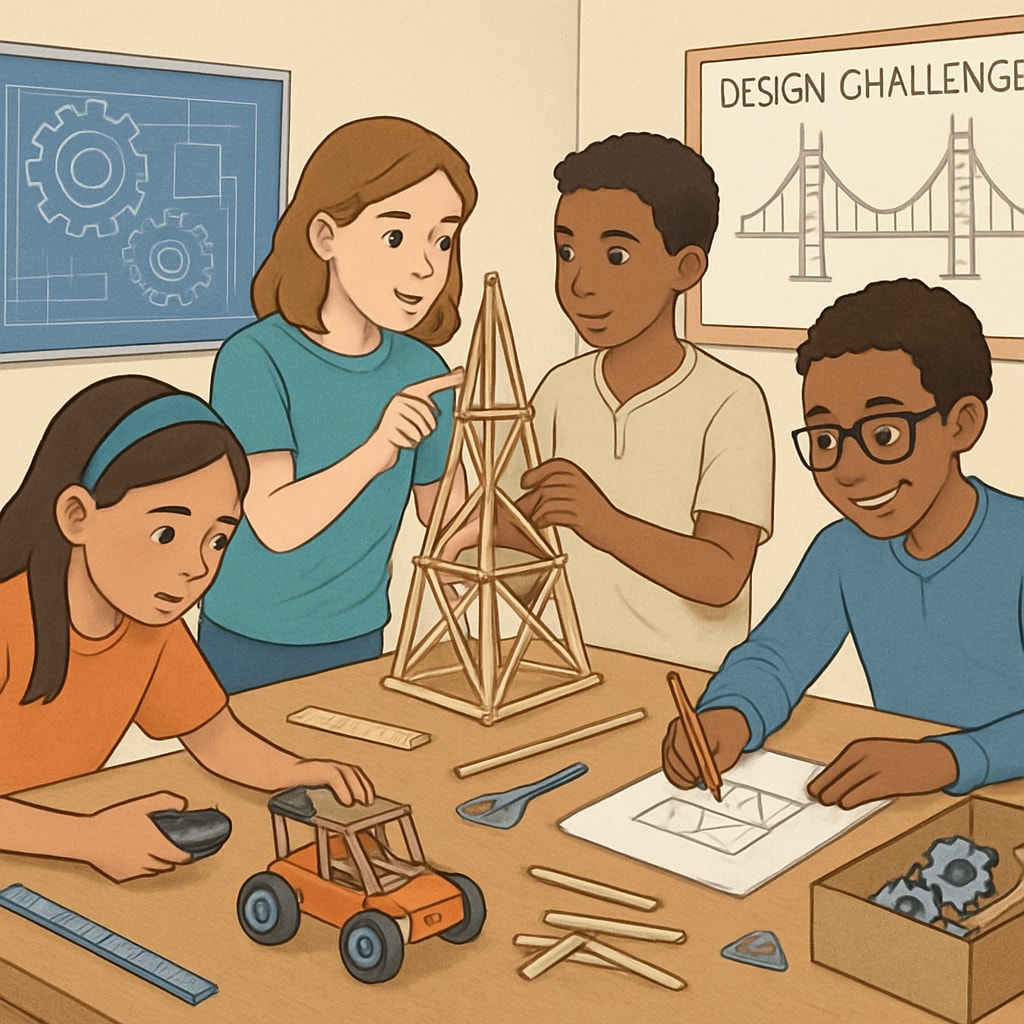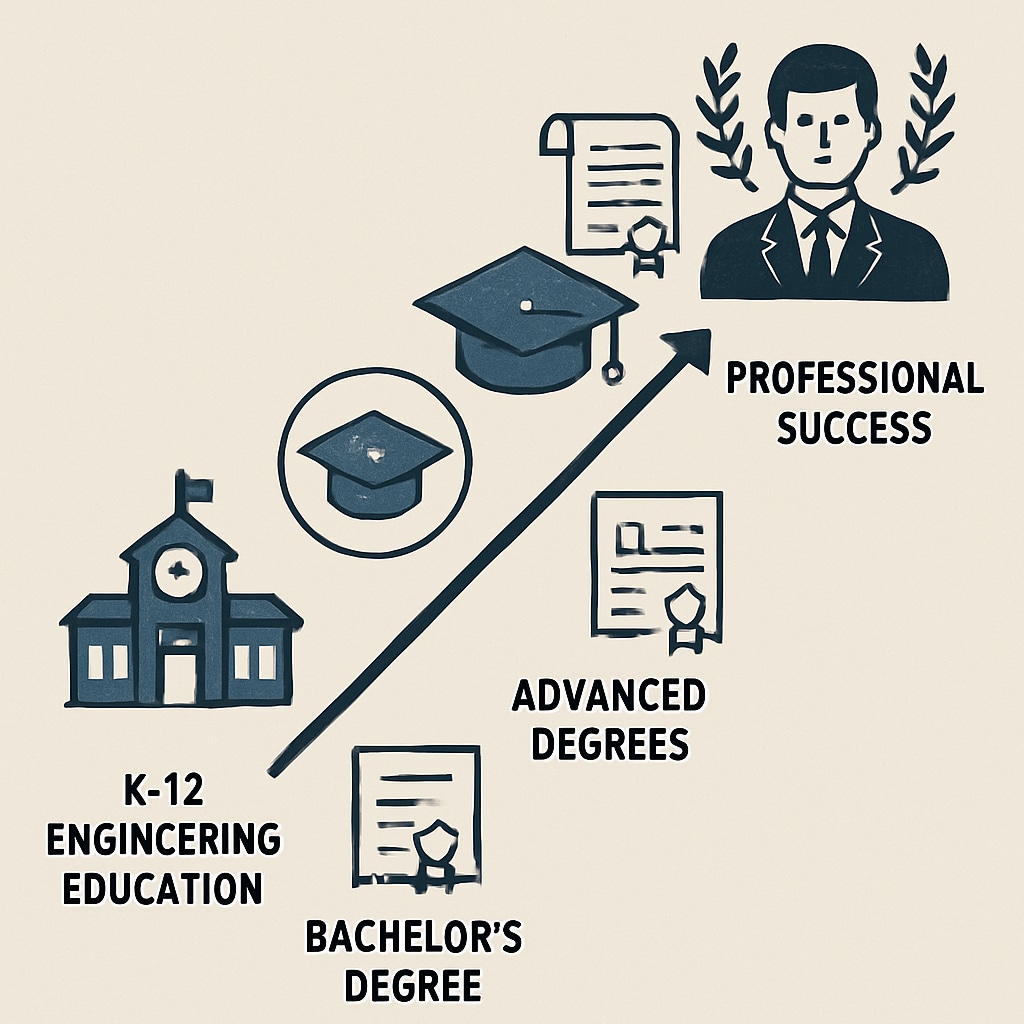The intersection of engineering design, master’s degree aspirations, and career development represents a significant decision-making crossroads for students. How can K-12 education prepare students to make informed choices in these areas? Building engineering thinking and problem-solving skills during early educational stages may be the key to unlocking future success in higher education and professional endeavors.

Why Engineering Design Matters in K-12 Education
Engineering design education during K-12 lays the foundation for critical thinking, creativity, and decision-making. These skills are essential for students to excel in higher education and in their careers. For example, introducing students to project-based learning can help them understand real-world applications of engineering principles. As a result, they are better prepared to select relevant academic paths and professional fields.
Moreover, incorporating engineering design into K-12 curricula aligns with global trends in STEM education. According to STEM education on Wikipedia, early exposure to engineering concepts fosters enthusiasm for technical subjects, which can benefit students as they navigate their career options.
Balancing Academic and Career Goals
As students progress toward choosing a master’s degree in engineering or related fields, they often face the challenge of aligning academic interests with career aspirations. Strong K-12 engineering programs can help bridge this gap by offering interdisciplinary learning opportunities. For example, integrating math, science, and technology into design projects allows students to grasp the interconnectedness of these subjects.
Additionally, students who receive engineering-focused education are more likely to understand industry demands. According to Engineering on Britannica, engineering professionals require a blend of technical expertise and problem-solving skills. Early exposure equips students to evaluate whether pursuing advanced degrees aligns with their career goals.

Key Strategies for K-12 Educators
Educators play a critical role in shaping students’ perceptions of engineering and its career potential. Below are strategies to enhance engineering design education at the K-12 level:
- Hands-On Learning: Encourage students to participate in design challenges, robotics clubs, and maker spaces to develop practical skills.
- Mentorship Programs: Connect students with engineering professionals to provide real-world insights and inspire their academic pursuits.
- Career Exploration: Use tools such as career aptitude assessments and job shadowing opportunities to help students understand different engineering roles.
- Interdisciplinary Curriculum: Incorporate elements of art, math, and science into engineering projects to mimic the multifaceted nature of the field.
The Role of Master’s Degrees in Engineering Careers
Pursuing a master’s degree is often a critical step for those aspiring to advance in engineering careers. However, the decision to invest time and resources into graduate education should be informed by clear career goals. Students who have experienced comprehensive K-12 engineering programs are more equipped to assess the value of advanced degrees in relation to industry demands.
A master’s degree can provide specialized knowledge, access to cutting-edge research, and networking opportunities within the field. For students considering this path, early exposure to engineering design principles can serve as a motivating factor and a practical guide for their academic journey.
In conclusion, K-12 engineering education serves as the foundation for future success. By fostering essential skills and exposing students to real-world applications, educators empower them to make informed decisions about pursuing advanced degrees and careers in engineering. The intersection of education, career planning, and practical experience is where meaningful growth occurs.


